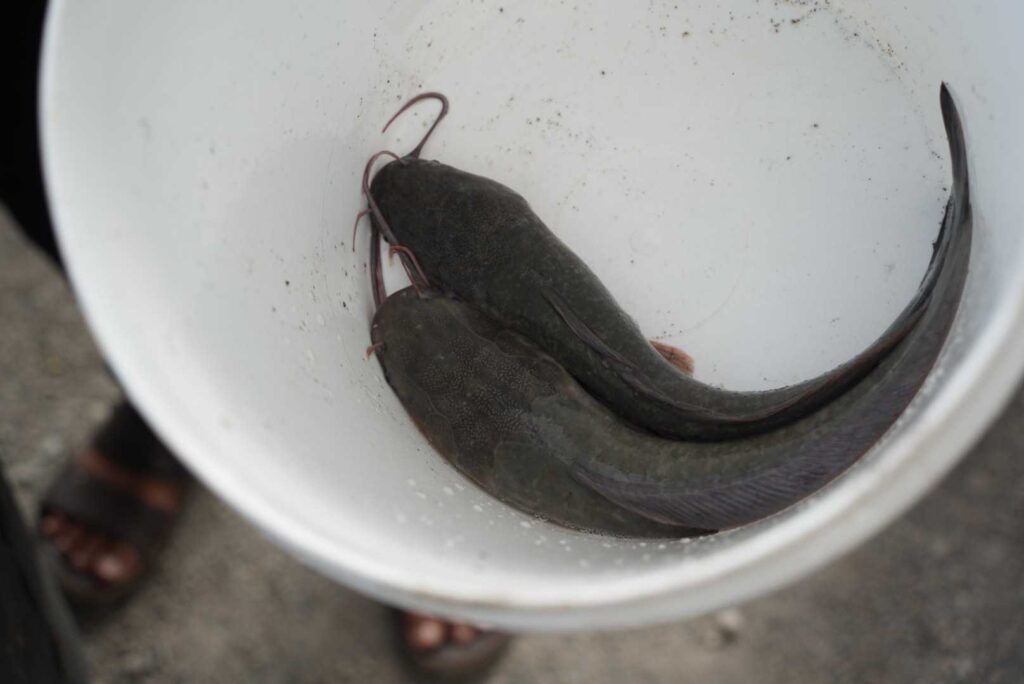
Utilization of Microalgae in Indonesian Aquaculture: A Case Study from the Blitar Region
Introduction
This report explores the innovative use of microalgae in the field of agriculture, particularly in the aquaculture sector of Indonesia, emphasizing a recent field visit to an aquaculture site in the Blitar region. This visit, conducted in collaboration with ALBITEC company, aimed to observe the application of microalgae-based liquid feed in the cultivation of tilapia and catfish.
Current Status of Aquaculture in Indonesia
Indonesia's aquaculture sector has shown significant growth, contributing around 68.40% of the country's total fishery production from 2000-2019, with an average annual growth rate of 16%. In 2018, tilapia and catfish represented 25.84% and 17.29%, respectively, of Indonesia's aquaculture production, highlighting their importance in the industry. The government's focus on developing aquaculture villages and increasing the production of export-oriented commodities like carp, patin/Pangasius, catfish, and grouper further emphasizes the sector's potential.
Field Visit to ALBITEC in the Blitar Region
The field visit to the Blitar region's inland aquaculture site, facilitated by ALBITEC company, focused on understanding the use of spirulina-based fermented feed. Spirulina, a type of microalgae, is known for its nutritional value and has been integrated into the feed through a fermentation process to potentially enhance productivity.
Interview Insights from PT. LINGGA BUANA TIRTA ABADI
During the visit, insights were gathered from PT. LINGGA BUANA TIRTA ABADI, an aquaculture company cultivating tilapia and catfish. Key takeaways include:
- Aquaculture Ponds: The ponds cover an area of 200 square meters each, with two dedicated to tilapia and two to catfish cultivation.
- Water Purification: The use of SuperCas for water filtration and a biofloc system for maintaining water quality.
- Productivity and Feed Conversion: While specific quantitative data on productivity and feed conversion rates were not provided, the use of spirulina-based fermented feed is believed to enhance these aspects.

Comparative Analysis and Further Research
The report acknowledges the absence of a comparative study at the site. It suggests that detailed measurement of parameters related to the effects of spirulina-based fermented products on fish and productivity enhancement could provide more substantial evidence for the benefits of microalgae in aquaculture.
Conclusions and Recommendations
The utilization of microalgae, particularly spirulina, in aquaculture feed, shows promise for enhancing productivity and sustainability in Indonesian aquaculture. However, more detailed research and comparative studies are needed to substantiate these claims. The development of such innovative practices could position Indonesia as a leading player in sustainable aquaculture.
